This is the ultimate guide to crafting the perfect habitat for your domestic canary. From setting the ideal temperature to enriching their environment with creative touches, this guide covers everything you need.
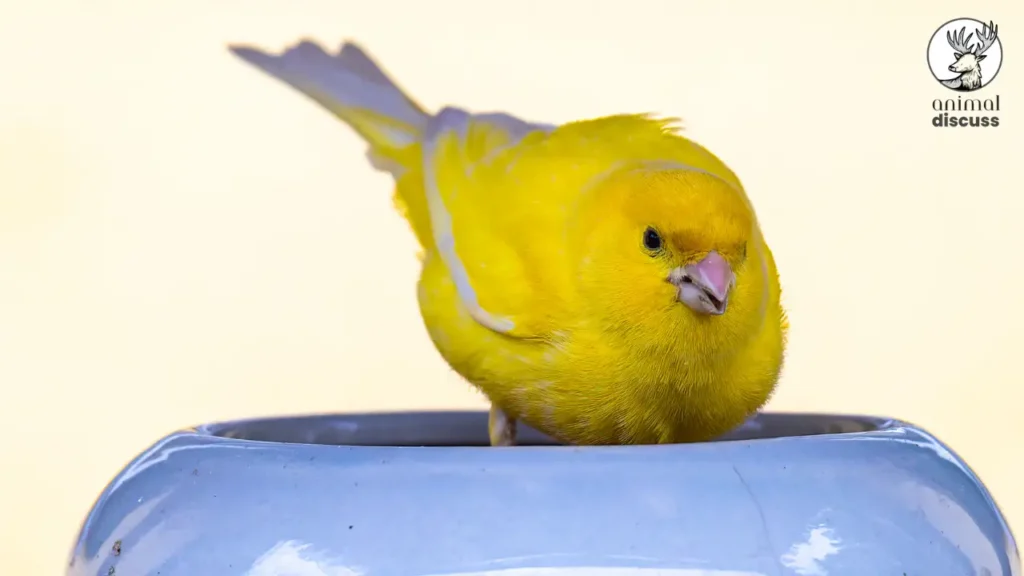
Here, you’ll uncover how to:
- Maintain optimal temperature and light conditions
- Choose the perfect cage and accessories
- Avoid common habitat mistakes
- Create a clean and safe environment
- Integrate natural and artificial elements seamlessly
- Enhance your canary’s health and behavior with proper care
By the end, you’ll have a step-by-step roadmap to creating a space that ensures your canary thrives. Whether you’re a first-time owner or a seasoned bird enthusiast, this guide will elevate your approach to canary care.
Let’s dive in and transform your canary’s living space into a haven of comfort and happiness!
Ideal Conditions for a Domestic Canary’s Habitat
The right environmental conditions play a significant role in a canary’s well-being. These birds thrive in specific climates that mimic their natural habitats.
What Are the Optimal Temperature and Humidity Levels?
Canaries prefer temperatures between 65°F and 75°F (18°C to 24°C). Extremes in temperature can cause stress or even health issues.
Keep the humidity levels moderate – around 40% to 60% – to avoid respiratory problems.
How Much Light Does a Domestic Canary Need Daily?
Light is essential for a canary’s physical and mental health.
Ensure they receive 10 to 12 hours of daylight daily, supplemented by full-spectrum artificial light if natural light is insufficient.
Avoid placing them in direct sunlight, which can overheat their environment.
Do yo know about pet birds? You can read full article here
Essential Features of a Domestic Canary’s Cage
A cage isn’t just a containment space; it’s the foundation of their habitat. Choosing the right cage ensures comfort and safety.
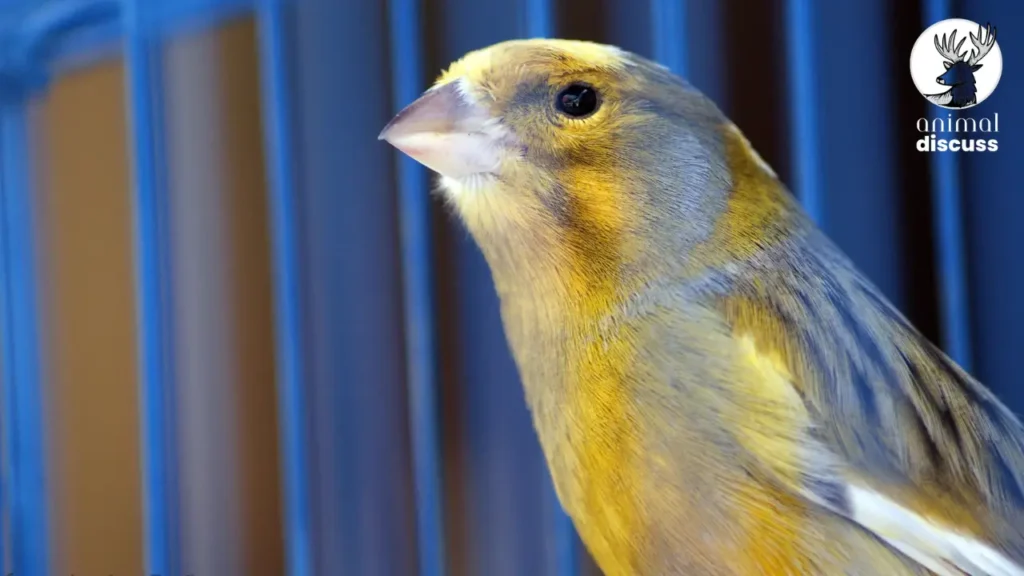
What Size and Design Are Best for A Canary Cage?
The bigger, the better! A cage should be at least 18 inches wide, 18 inches deep, and 24 inches high. Horizontal bars are preferred as canaries love to hop and climb.
Which Materials and Accessories Are Safe and Beneficial?
Opt for a cage made of stainless steel or non-toxic-coated metal. Accessories like natural wood perches, swings, and ladders add variety to their daily routine. Avoid plastic perches, which can harm their feet.
Natural vs. Artificial Elements in Their Habitat
A domestic canary’s habitat can incorporate elements from nature to provide stimulation and comfort.
How Can Plants Enhance a Canary’s Living Space?
Placing non-toxic plants like spider plants or bamboo near the cage improves air quality and offers a calming ambiance. However, ensure these plants are out of reach to prevent accidental ingestion.
Can Artificial Décor Replicate a Natural Habitat?
Yes, artificial elements like synthetic vines or fake leaves can mimic natural surroundings without the risks associated with live plants. Use these to create a vibrant and visually stimulating environment.
Common Mistakes in Canary Habitat Setup
Mistakes in habitat design can lead to stress, illness, or reduced lifespan for your canary.
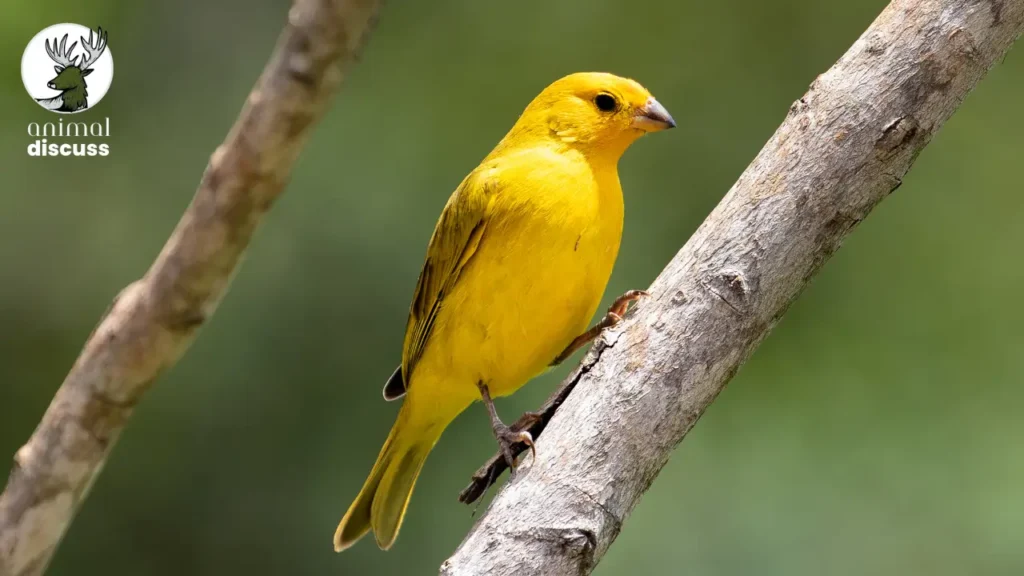
What Items or Practices Should Be Avoided?
Avoid using cages with painted or rusted materials, as they may contain harmful toxins. Refrain from placing the cage in high-traffic areas or near kitchen fumes, which can be deadly.
How Does Noise or Overcrowding Affect Canaries?
Constant noise, like loud TVs or barking dogs, can cause anxiety and disrupt their singing habits. Similarly, overcrowding the cage with too many toys or birds can limit movement, leading to aggression or stress.
Impact of Habitat on Canary Well-Being
A well-maintained habitat directly influences a canary’s health, behavior, and lifespan.
How do poor conditions affect their health and lifespan? Poor air quality, cramped spaces, or lack of stimulation can lead to respiratory issues, feather plucking, or reduced lifespan.
Can a better environment improve their behavior? Yes, a stimulating and comfortable environment promotes singing, active hopping, and social engagement. It also reduces the risk of behavioral issues like lethargy or aggression.
Maintaining a Clean and Safe Habitat
Keeping the habitat clean is critical to preventing diseases and maintaining your canary’s health.
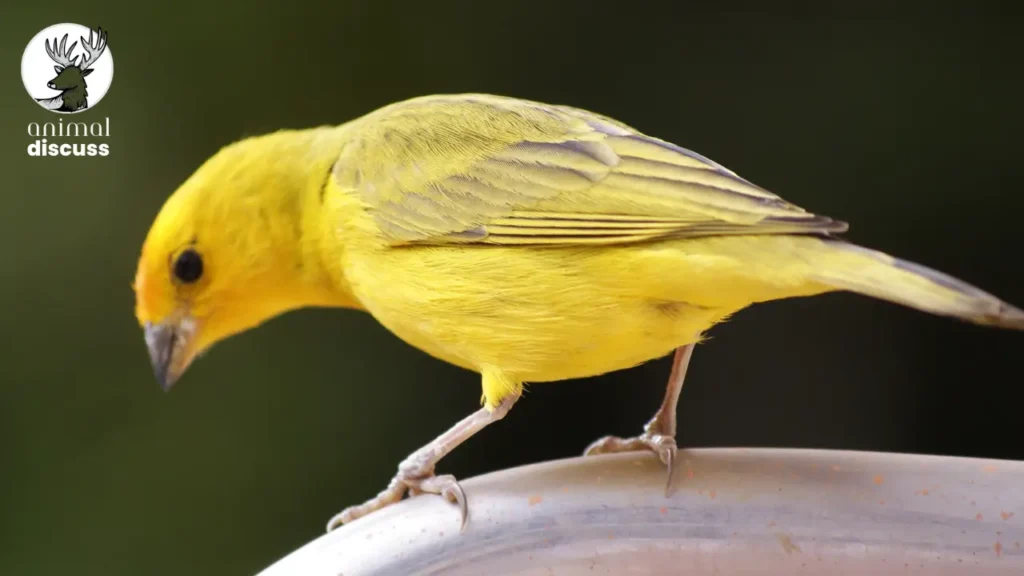
How Often Should a Canary’s Space Be Cleaned?
Clean the cage bottom daily to remove droppings and food debris. Perform a deep clean, including the bars and accessories, once a week.
What Cleaning Products Are Safe to Use?
Use mild, bird-safe detergents or vinegar solutions. Avoid harsh chemicals like bleach or ammonia, which can harm your canary’s delicate respiratory system.
Seasonal Adjustments for a Canary’s Comfort
Canaries, like any other bird, require seasonal adjustments to thrive year-round.
How Can You Prepare Their Habitat for Winter?
In winter, maintain a consistent temperature using space heaters or heated perches, but ensure they are bird-safe. Cover the cage partially at night to retain warmth.
What Changes Help During Hot Weather?
Provide extra water bowls and mist them lightly to help them cool down. Keep the cage away from direct sunlight and ensure good ventilation.
Integrating New Canaries into an Existing Setup
Introducing a new canary requires careful planning to prevent territorial disputes and stress.
What Steps Help Avoid Conflicts in Shared Spaces?
Begin with a separate cage for the new canary, placing it nearby for them to observe each other. Gradually introduce them under supervision.
How Long Does Acclimation Typically Take?
Acclimation can take anywhere from a few days to a couple of weeks. Watch for signs of aggression or bonding before housing them together.
Creative Ways to Enrich a Canary’s Environment
An enriched habitat keeps a canary mentally stimulated and happy.
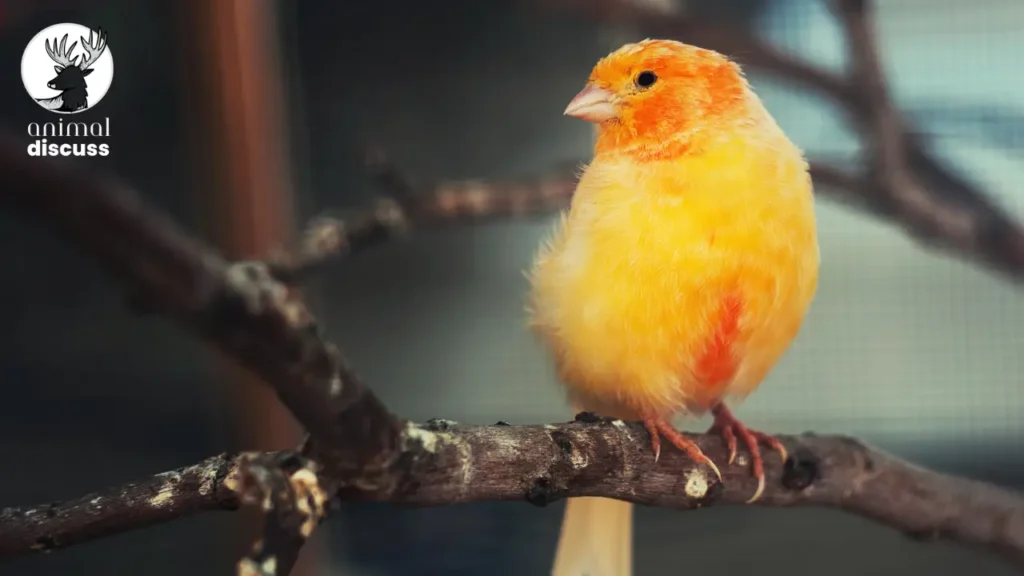
What toys or activities keep canaries stimulated? Offer bells, mirrors, or chew toys designed for small birds. Rotate these toys weekly to keep their interest.
Are there any DIY ideas for habitat enrichment? Yes, you can make hanging toys using sisal ropes and natural materials or create obstacle courses with perches and ladders.
Domestic vs. Wild Canary Habitats
Understanding the differences between domestic and wild canary habitats helps in designing a better living space.
| Aspect | Domestic Canary Habitat | Wild Canary Habitat |
|---|---|---|
| Environment | Controlled indoor spaces | Open, natural areas |
| Temperature | Maintained between 65°F and 75°F | Varies with the region |
| Stimulation | Toys, mirrors, and perches | Trees, rocks, and natural prey |
| Food | Pre-formulated seeds and pellets | Wild seeds, fruits, and insects |
By recognizing these differences, you can incorporate aspects of a wild habitat into their domestic setup.
Final Words
Creating the perfect habitat for your domestic canary is more than a task – it’s an investment in their happiness and health. From selecting the right cage to maintaining an ideal temperature, every detail matters.
By prioritizing cleanliness, proper lighting, and enrichment, you can ensure your canary thrives in an environment that mirrors their natural instincts. Even small adjustments, like adding safe toys or seasonal tweaks, can make a big difference.
Now, it’s time to apply these insights and give your canary the best home possible.

